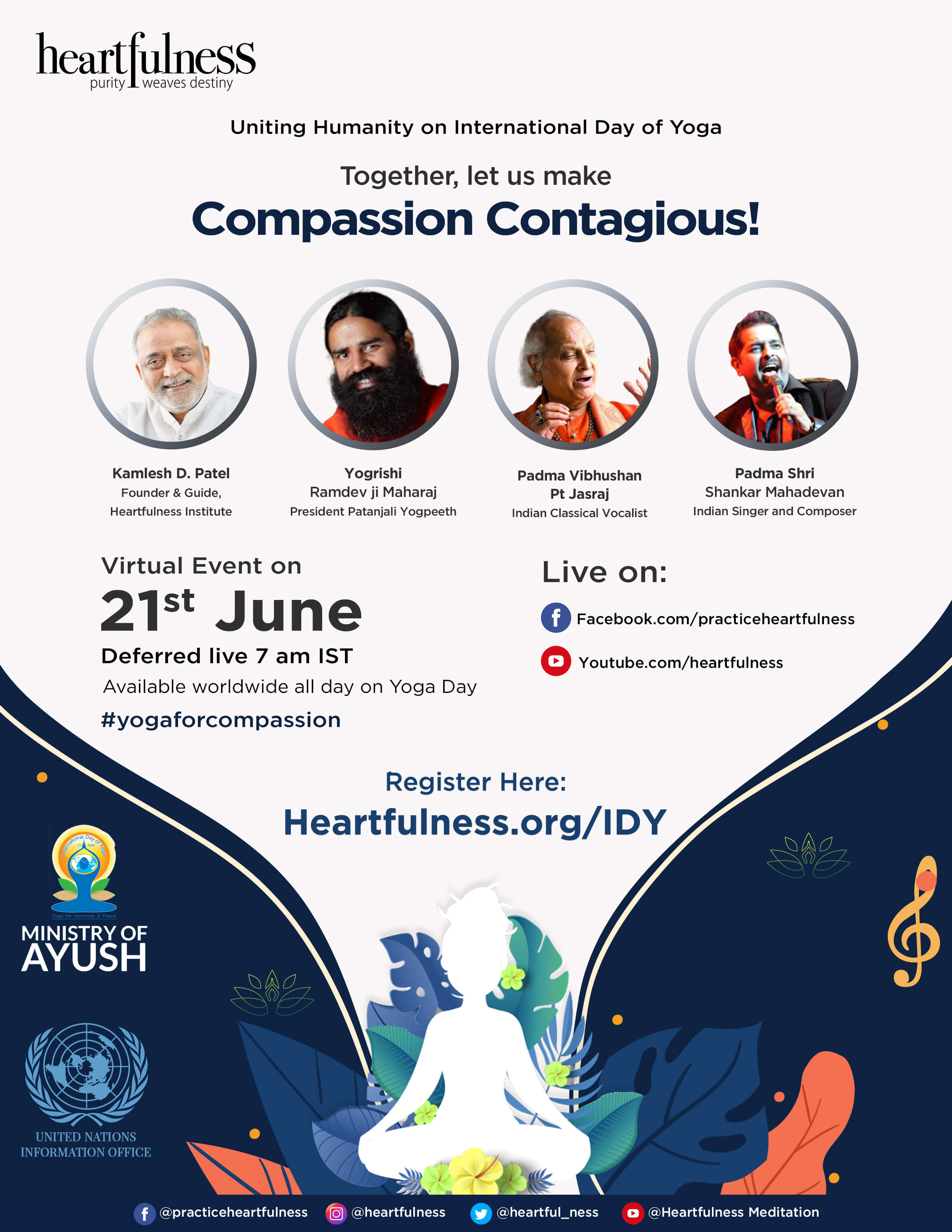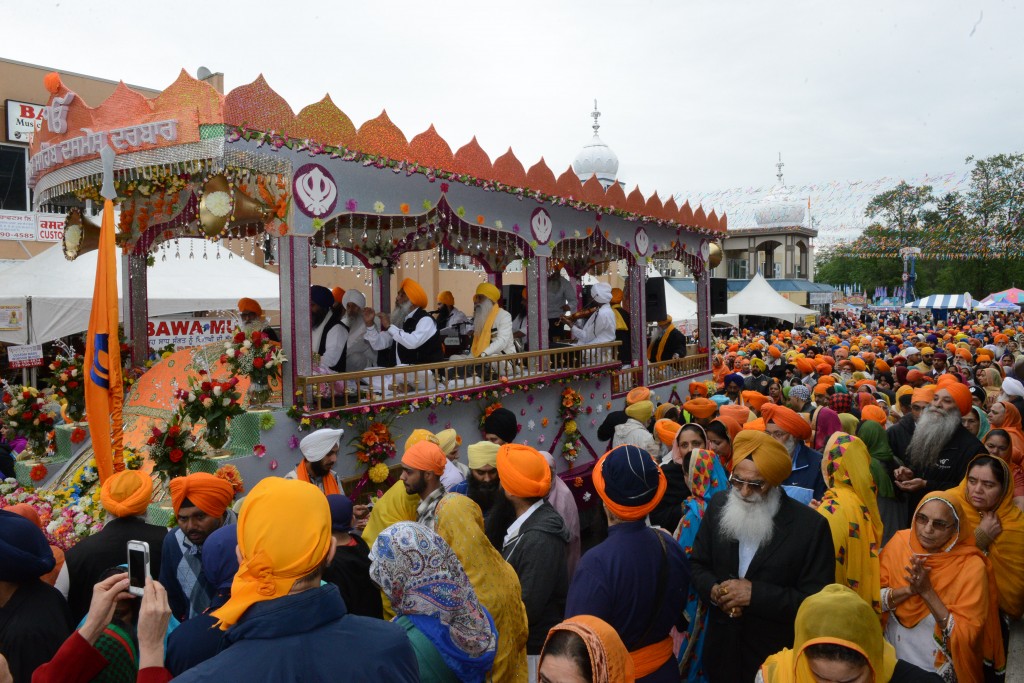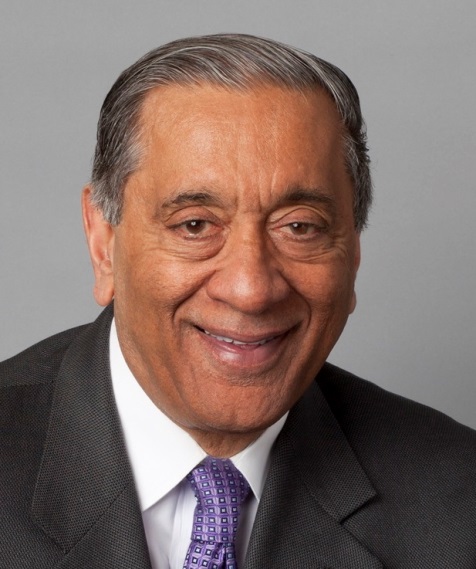DESIBUZZCanada
Events Listings
Dummy Post

International Day Of Yoga To Be Virtually Celebrated Saturday At 4pm

CANCELLED: Coronavirus Fears Kills Surrey’s Vaisakhi Day Parade

ADVERTISE WITH US: DESIBUZZCanada Is The Most Read South Asian Publication Online

SURREY LIBRARIES: Get Technology Help At Surrey Libraries

WALLY OPPAL: Surrey Police Transition Update On Feb. 26

GONE ARE THE DAYS - Feature Documentary Trailer

Technology Help At Surrey Libraries

Birding Walks

Plea Poetry/short Story : Youth Contest

International Folk Dancing Drop-in Sessions
CONSTITUTION DAY: India Needs To Pay More Heed To The Constitution If It Hopes To Make Progress As A Nation
- December 2, 2020

By Zile Singh
In terms of good governance, the Constitution is a set of fundamental laws, principles, established precedents and conventions according to which a nation, state, or other organizations are acknowledged to be governed. In terms of character building, the Constitution is a person’s physical, mental and psychological make-up. The first connotation applies to a country and the second applies to the citizens of that country. For good governance, it is of vital importance that both these Constitutions, national and individual, must be in sync. Otherwise, however good a country’s Constitution is, it will turn into a disaster if the ruling class is not worthy of its proper implementation and the citizens are negligent about their rights and duties enshrined in it. The Constitution of a country is a commentary on the ‘guiding principles’ for the government of the day to take the country on its path to peace and prosperity internally and safeguard it from external threats. Similarly, a sound physical, mental and psychological constitution of the citizens of a country is required to be able to understand, respect and abide by the spirit of the national Constitution. It is a fact that a country is not for its Constitution, but a Constitution is for a country and its citizens. Therefore a country is supreme in relation to its Constitution. Different countries have their Constitutions with different characteristics according to their economic, social and political circumstances and needs. Countries existed even before their Constitutions came into being. It is true in the case of India also.

After Independence on August 15, 1947, India decided to draft her own Constitution under the Chairmanship of Dr. B.R. Ambedkar. Shri Jawaharlal Nehru, the first Prime Minister, in the absence of our own Constitution said, “We have been provided with a car; with all brakes but no engine”. He meant that a Constitution is an engine to take the nation forward. The 284-member Constituent Assembly (including 15 women) from all over India, from different walks of life, took almost 3 years (12 days less) to frame the Constitution. The Constitution of India was adopted on November 26, 1949. Therefore, November 26 is called the Samvidhan Divas or Constitution Day. This day is known as National Law Day also. For the first time, Prime Minister Narendra Modi, in 2015 decided to call a Special two-day Session of Parliament to celebrate Constitution Day every year. The Constitution came into effect on January 26, 1950. This day is celebrated every year as the Republic Day in India and in Indian Embassies and High Commissions abroad. On this day India was initially declared as a “Sovereign, Democratic Republic”. The words, Secular and Socialist were included in the Preamble of the Constitution in 1976 as 42nd amendment of the Constitution. Thus the description changed from “sovereign democratic republic” to “sovereign, socialist secular democratic republic”. This Amendment also changed the words “unity of the nation” to “unity and integrity of the nation”. The 42nd Amendment was passed by Parliament when India was under National Emergency from June 1975 to March 1977.
Some of the salient features of the Indian Constitution are that it is the largest written constitution in the world. It is socialist and secular in nature. It is rigid as well as flexible. It has a unitary as well as a federal character. It upholds Justice, Liberty, Equality and Fraternity and the Unity and Integrity of the nation. It can be amended in the public interest, etc.
Secularism is the product of the Age of Enlightenment Movement. It was a movement during the 17th and the 18th century in Europe that worked to change society in the pursuit of reason and rationality. Science and individual consciousness were seen as the proper way to govern the beliefs of the people rather than organized religions. Thus, Secularism became an important principle in governance and in the personal lives of the people. At the state level, it can be defined as the separation of religion from the State. It directed the State to maintain neutrality in matters of religion. Under a Secular Constitution, no government can favour or disfavour a particular religion of its choice. At an individual level, Secularism gave freedom to an individual to adhere to any religious faith according to his own reason, logic and conscience. Neither the state nor the custodians of organized religion could force the individual to follow any religion as per their dictates. Secularism gave human beings individual liberty subject to certain restrictions. Some duties were also assigned to the citizens to uphold and protect the sovereignty, unity and integrity of India and promote harmony and brotherhood amongst all the people of India.
A Secular Constitution demands the following: “Don’t go around telling the world that the Constitution owes you Fundamental Rights and Freedoms. Before that, remember that you owe Duty to the country through its Constitution.” The Constitution of India is for its sovereignty, secularism, socialism, democracy and republic. Rights, freedoms and duties go hand in hand. The imbalance leads to chaos and lawlessness.
The Indian Constitution is a Classic Document which people praise but do not read and follow. In the name of the Constitution, everyone has to be vigilant about misleading information by vested interests before resorting to violence and rioting because: “A lie can travel halfway around the world while the truth is putting on its shoes.” Sectarianism and religious fundamentalism are the enemies of a Secular Constitution.
The Indian Constitution is a rigid as well as a flexible document. It has laid down measures to amend it in national interest. Dr. Rajendra Prasad, the President of the 284-member Constituent Assembly while adopting the Constitution said, “Whatever the Constitution may or may not provide, the welfare of the country will depend upon the way in which the country is administered.” Dr. B.R. Ambedkar, the Chief Architect of the Constitution said, “If I find the Constitution being misused, I shall be the first to burn it.”

Zile Singh is a well respected Columnist, Writer and a Vipassana Meditater. He has a Post-Graduate Diploma in Human Rights. He can be reached at zsnirwal@yahoo.ca


















